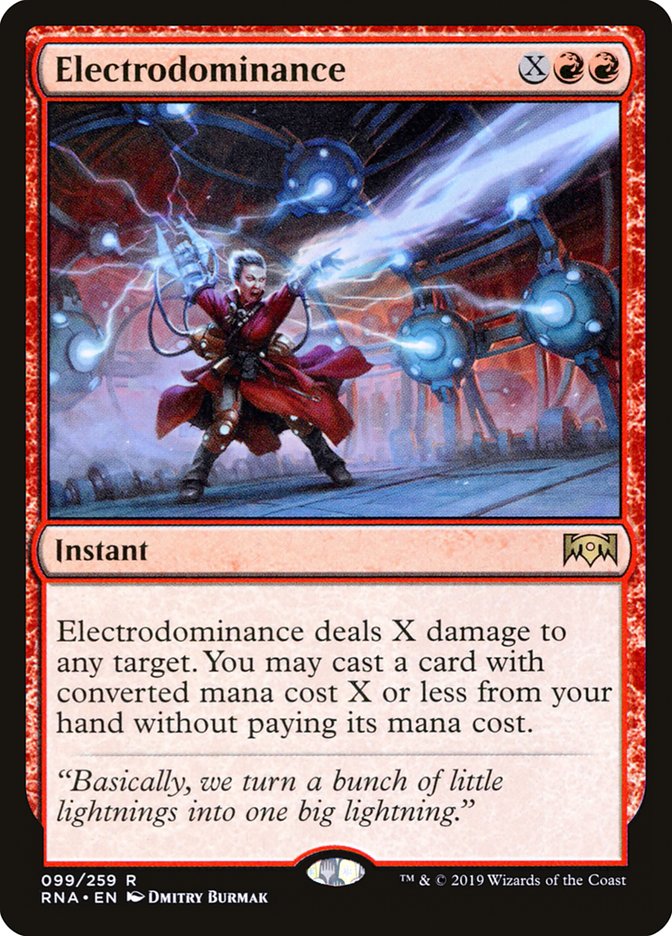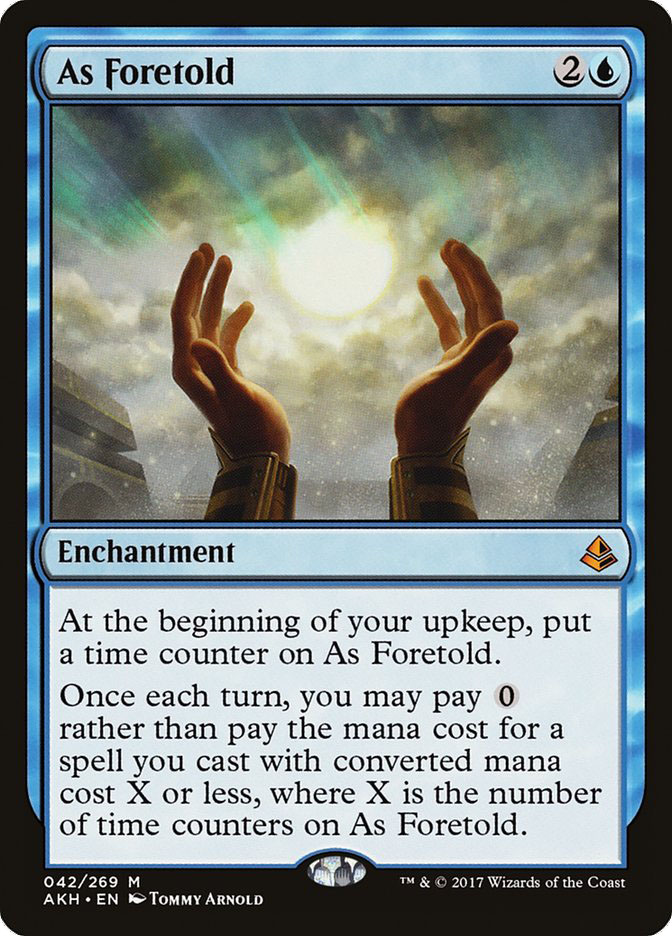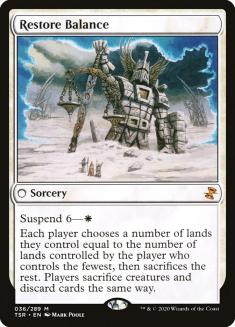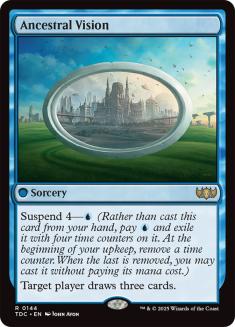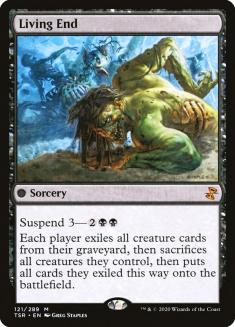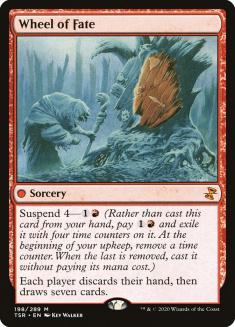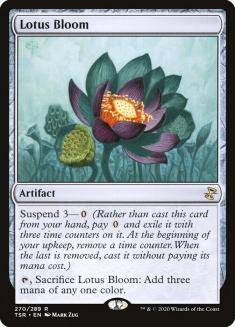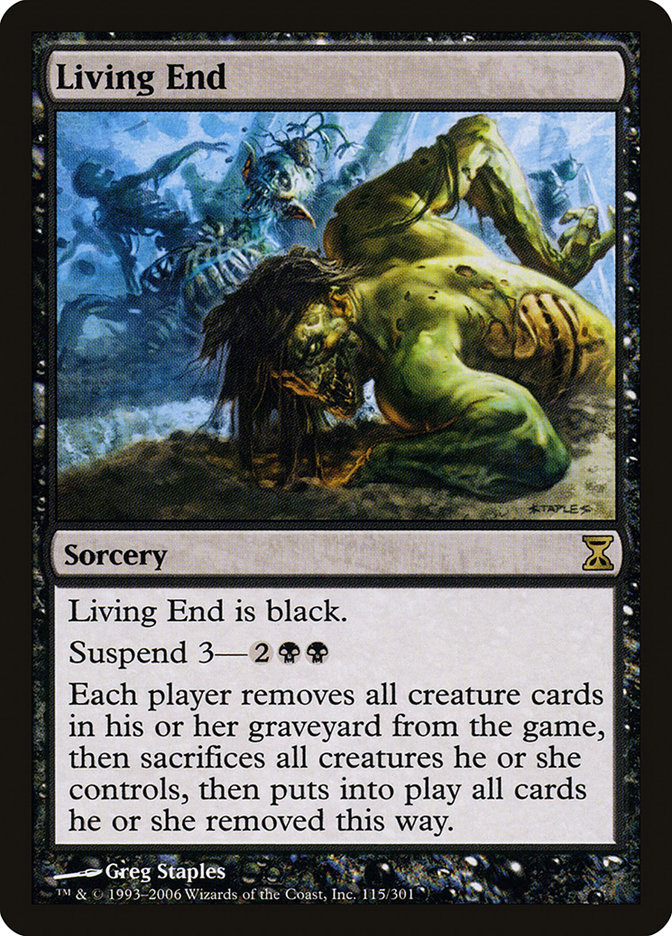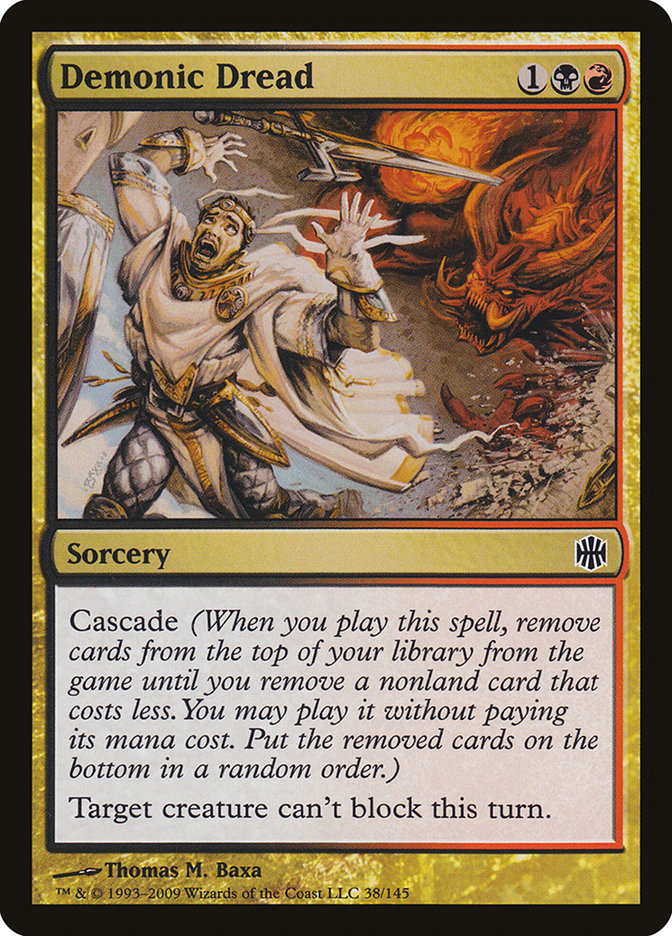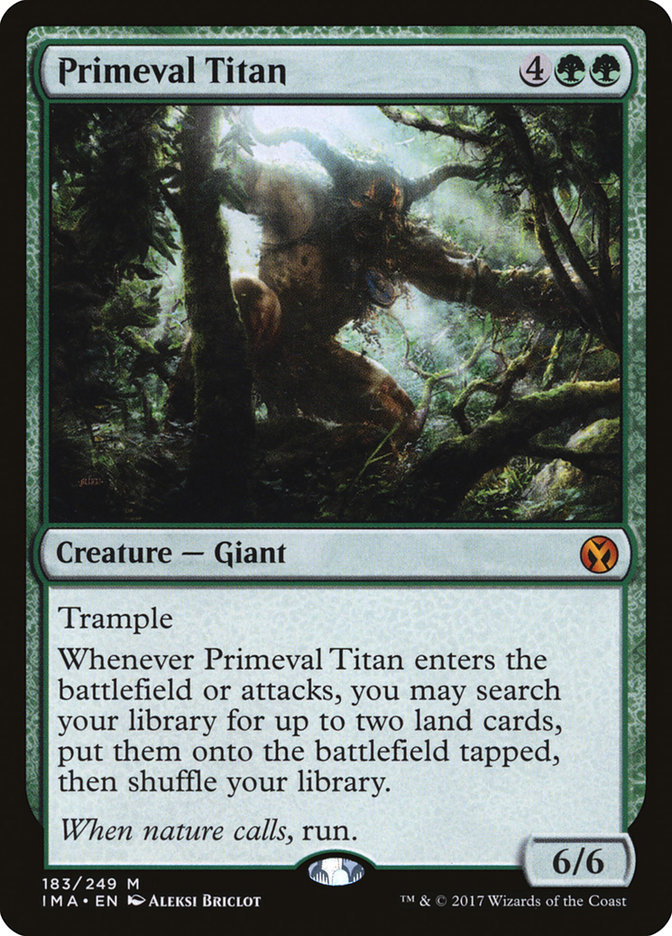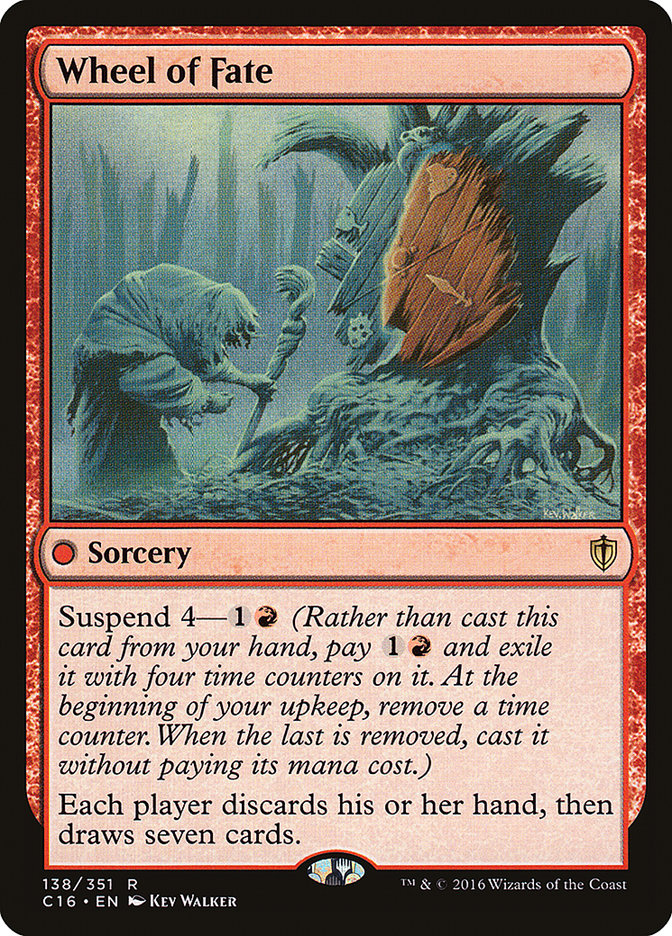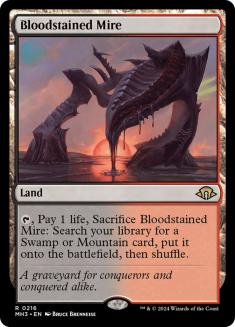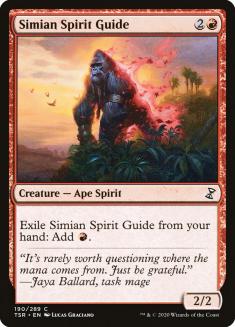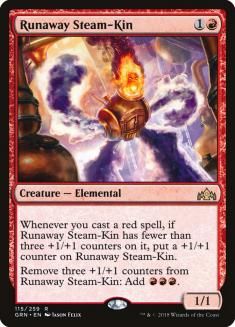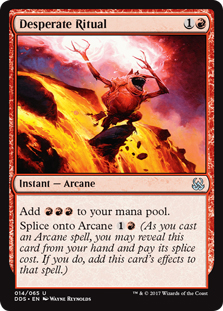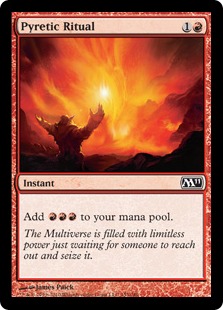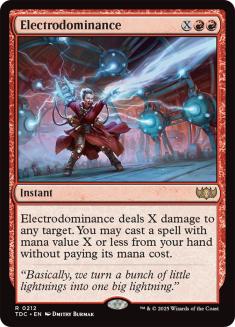We’re really doing this again?
It feels like every few months Wizards of the Coast is playing with fire
when it comes to mana reduction or cheating on mana costs, and this card is
no different.
Less than two years ago, Amonkhet gave us a tool that let us start
cheating on the mana costs of cards that didn’t seem to impose any major
deckbuilding restrictions past “you need blue mana.” If we’re being
realistic, nobody is planning to use As Foretold in order to eventually
crank out expensive spells on the cheap. The card is being used to abuse a
subset of cards from Time Spiral that normally take several turns
before they do anything:
We’ve seen several different takes on archetypes trying to bend the rules
with these cards in mind, with our own Bryan Gottlieb putting in a ton of
work on a Living End/Ancestral Vision
deck late last year.
The knee jerk reaction is to think that this provides a different angle of
attack for these decks, but in reality, it’s actually providing redundancy
for the archetypes as they already exist.
Living End is the natural first place to look when talking about the mana
cost-less cards from Time Spiral, as it’s been around since the
dawn of the format, with it being enabled by the cascade mechanic in Alara Reborn.
While the interaction between these cards and Living End is powerful –
Living Death for two less mana is nice, after all – having a curve that
doesn’t do anything below a converted mana cost of three is a pretty heavy
deckbuilding restriction in a format that regularly kills on the third
turn. Ingot Chewer, Shriekmaw, Faerie Macabre, Ricochet Trap, and Dismember
can only do so much in terms of interaction.
Creatures (25)
- 3 Simian Spirit Guide
- 4 Street Wraith
- 3 Fulminator Mage
- 4 Monstrous Carabid
- 3 Archfiend of Ifnir
- 4 Desert Cerodon
- 4 Horror of the Broken Lands
Lands (18)
Spells (17)
- 3 Leyline of the Void
- 3 Living End
- 4 Violent Outburst
- 3 Demonic Dread
- 3 Beast Within
- 1 Kari Zev's Expertise
Sideboard

Having another low-cost way to cast these cards from your hand means that
there are more options for trying to build around some of the most broken
cards in the format without necessarily having to try and jump through a
ton of hoops with extra tutors or deckbuilding restrictions in order to
make it happen. Rather than being forced to play the otherwise mediocre
pieces of interaction, we can load up on a powerful combo without skimping
on our interactive pieces.
Creatures (20)
- 4 Street Wraith
- 4 Faerie Macabre
- 4 Archfiend of Ifnir
- 4 Curator of Mysteries
- 4 Horror of the Broken Lands
Lands (19)
Spells (21)
Sideboard

This list is much closer to a combo deck than Gottlieb’s take on the deck,
but with the added copies of Living End enablers, we have the luxury of
simply using our two- or three-mana Wrath of God-meets-kill condition as a
form of interaction. The biggest pickup here is in the sideboard slots
being unlocked and the fact that the creatures this deck is bringing back
are going to be better than the creatures that we were seeing from the Jund
versions of old.
This deck also has the luxury of abusing one of the best parts of
Electrodominance: the fact that it’s an instant.
People will regularly talk about the “gotcha” aspects of newer decks, but
this deck has the luxury of imitating a deck that previously needed an
entire turn cycle to let the opponent interact with its namesake. This deck
doesn’t have to lean on that. If the opponent ever taps out, Living End can
be cast in response.
You thought casting Primeval Titan into two mana was safe because you
had a silly little Cavern of Souls? Oh, Pumpkin.
The decklist itself has eight zero-mana cyclers between Street Wraith and
Faerie Macabre. Then, Ideas Unbound is a way to dig deeper for two mana
than almost anything, but it’s also effectively cycling three cards for two
mana, rather than for the three or more mana that it will usually cost.
With so many ways to set up Ancestral Vision and Living End in the deck,
the slight card disadvantage isn’t as much of a concern as it normally
would be. All that matters is getting specific pieces together for the sake
of casting a Living End to kill the opponent on the third turn.
Having this much card selection between Ancestral Vision, Ideas Unbound,
and Faithless Looting also increases the power of the hammers in our
sideboard. Almost everything in the sideboard is doing work to make sure
that a single strategy isn’t going to clown the deck out of nowhere. This
deck is so synergy-driven that rather than trying to augment its own plan
to accommodate the opponent’s, it’s going to be more productive to simply
have a couple of cards that hold the opponent at bay before they ultimately
die.
The most interesting card with Electrodominance is the card from the cycle
that’s received the least love over the years.
Wheel of Fate is fundamentally rough when it comes to what the enablers of
the past are trying to do. As Foretold rewards its owner for playing a
longer, drawn out game; but snowballing an advantage is rough when you’re
refueling your opponent’s hand. It’s hard to empty your hand and get the
advantage of a Wheel of Fortune effect when your deck is cascade-ready.
Pushing the “card advantage doesn’t matter” theme of the previous deck to
its furthest extreme is going to be the deck that makes the most use out of
a Wheel of Fate deck. So what does something that just wants to spend a ton
of resources for the sake of having a ton of resources look like?
Creatures (20)
Lands (12)
Spells (28)

This deck is flashy.
Rather than taking a page out of the book of Runaway Red and
emulating Burn, this deck is looking to be a bit more Storm-y. The biggest
drawback here is that Surgical Extraction can be fairly rough for the deck,
but the good hands with this deck are incredibly explosive – twelve Rituals
ain’t nothin’ to sneeze at.
The other benefit of this deck is that it mulligans better than most of the
glass cannon decks of the format. When the combo of the deck is “assemble
as many draw-sevens as possible,” starting out on four or five cards
doesn’t feel so bad. The biggest hurdle to clear in these instances are the
low land count and the fact that it is a two-card combo to draw seven
cards.
During the preview season for new sets, whenever a new card as powerful as
Electrodominance is previewed, there’s an important exercise in simply
pushing the boundaries of how abusable each axis of the card can be, and
this deck is simply an exercise in seeing how explosive it can be in
Modern. Just look at this hand:
This hand might not literally win the game on the first turn, but a Gut
Shot or a Simian Spirit Guide off the top makes it so easy to simply keep going from here.
For a less explosive, more consistent version of
Electrodominance-into-Rituals:
Creatures (10)
Lands (16)
Spells (34)

The idea behind both decks is that having a bunch of fast mana is good,
because normally, fast mana has the drawback of having a sizable drawback
in terms of card advantage. Wheel of Fate makes up for that by giving
another grip of cards in order to try and finish killing the opponent via
Grapeshots and Past in Flames.
There are a few different ways that this deck’s core engine could be
altered. If it turned out that having access to Pyromancer Ascension and
Thought Scours over the cost reduction creatures was better, that wouldn’t
be particularly surprising. What’s important is recognizing how it is that
Electrodominance fundamentally alters the rules that its decks must play
by.
Similar to the last deck we were looking at, when compared to this deck’s
counterpart that currently has a home in Modern, this variant is doing
something in the same vein but in a way that’s more explosive and has more
ways to come back from being low on resources.
What if Electrodominance could cast both an enabler and a payoff in one of
Modern’s most explosive decks?
Creatures (12)
Lands (17)
Spells (31)

Every single aspect of Electrodominance is being used here.
It can dump a Griselbrand in the graveyard via Wheel of Fate; reanimate
Emrakul with her trigger on the stack via instant-speed Living End; dump
Emrakul in the graveyard via Wheel of Fate while giving seven fresh looks
at a way to get Emrakul out of the graveyard before her trigger goes on the
stack.
The lowered number of discard outlets may appear suspect at first, but
between this deck having so many combos, and one of those combos involving
“you have seven cards in hand” as a payoff, the ol’ “I’ll move to my
discard step” is more realistic option than it would normally be.
The inclusion of Blood Moon in these lists is a result of the fact that
Wheel of Fate plays so well with fast mana, and Blood Moon is almost a
combo in and of itself. Any of the Simian Spirit Guide decks in this
article have also been decks with Rituals, meaning that having Blood Moon
on the battlefield on turn 1 is more realistic that most people in Modern
are prepared to deal with right now. With Amulet Titan putting in so much
work in Modern, and even the mana accelerant decks having increasingly
greedy manabases, Blood Moon is a card that plays well with a deck full of
ways to cheat it onto the battlefield ahead of schedule.
When building around new cards, there’s a sort-of ripple effect that comes
from their inclusions into archetypes, and incorporating other pieces of
technology that play well with the features (and bugs) of those cards is
going to be the difference between having an idea for a cool synergy or
combo, and having an entire deck’s worth of play.


